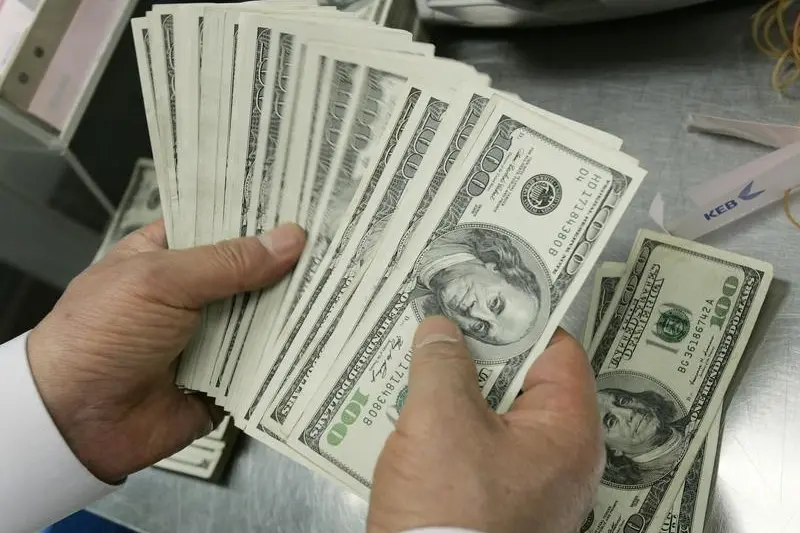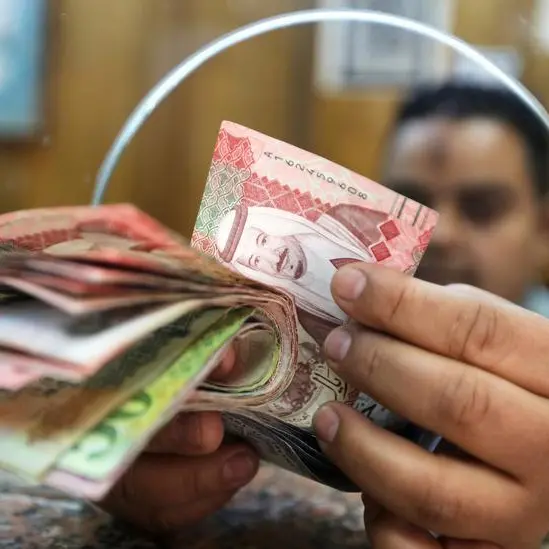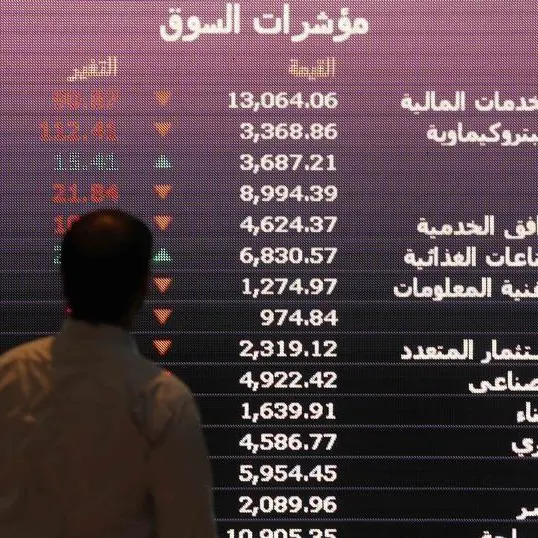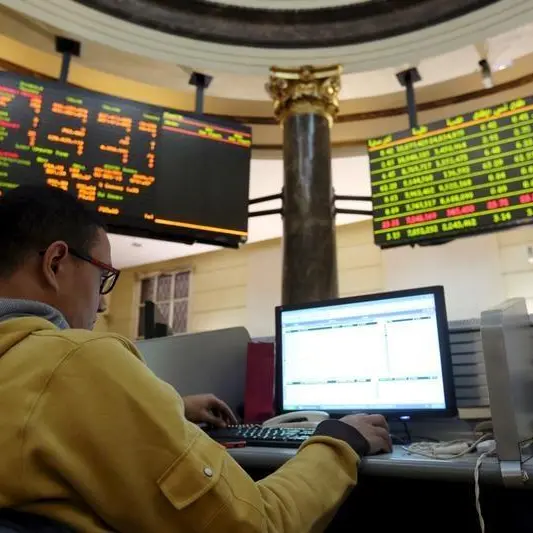PHOTO
LONDON - Hedge funds may have trimmed their record bet against U.S. Treasuries, as the latest data show, but the 10-year yield's spike to fresh multi-year highs in the days since suggests that short position will now be even greater.
Given the scale of that short position, you might expect an imminent squeeze and the yield falling back down to 3.00 percent or below. Instead, a test of 3.50 percent looks more likely.
Data from the Commodity Futures Trading Commission figures for the week ending Tuesday, Oct. 2 show funds scaled back their net short position in 10-year Treasury futures to 740,192 contracts from a record 756,316 contracts the week before.
That fits nicely with the 10-year yield's move over the period in question: it eased to 3.05 percent from 3.10 percent. In the days since, however, it has surged to 3.25 percent, a level not seen since May 2011.
The speed and extent of that spike are noteworthy. The rise of 10.5 basis points on Wednesday, Oct. 3 was the biggest one-day rise since the day after the 2016 U.S. presidential election, leading to a weekly rise of more than 17 bps.
The 2s/10s curve, the gap between two- and 10-year Treasury yields, steepened by 10 bps last week, the second-biggest weekly widening since November 2016.
The daily standard deviation in the 10-year Treasury yield, which measures its divergence from the mean, also shot up last week, reaching its highest level in four months and second highest since the 2016 U.S. election.
On top of that, the rise in Treasury market implied volatility last week, as measured by the Merrill Lynch one-month Mermove index, was the biggest since the last week of 2014.
All that points to an acceleration of the selling momentum that has resulted in the record short position and breakout in yields.
September was a bad month for Treasuries. They lost 0.934 percent, the steepest monthly decline since January, according to an index compiled by Bloomberg and Barclays. The 0.55 percent fall on Oct. 3 was the biggest one-day loss since Feb. 2017.
But that's music to the ears of traders, investors and funds shorting Treasuries, right?
Preliminary data shows the Barclayhedge Fixed Income Arbitrage index rose 0.62 percent in September, the best month since February 2017. It is up 1.87 percent so far this year.
The Global Macro index also posted a positive performance in September, according to the preliminary data, although it is still down year to date.
Eurekahedge's Fixed Income index rose 0.44 percent in September, lifting year-to-date returns to 1.40 pct. The Global Macro index fared worse, posting a return of 0.17 percent in September to widen the 2018 returns so far to -1.27 percent.
The Commodity Trading Advisors/Managed Futures index, however, which also tracks the performance of speculative accounts trading U.S. Treasuries, posted a -0.40 percent return in September, its worst month since march. Year-to-date returns are -1.60 percent.
The Fed raised interest rates last month for the eighth time this cycle and removed from its statement its longstanding reference to policy being "accommodative." It still foresees another rate hike this year and three more next year.
If last week's surge in yields is any indication, the market is finally falling in line with the Fed's thinking. Hedge funds will probably be reloading up on their short positions, too.
(By Jamie McGeever, editing by Larry King)
© Reuters News 2018












